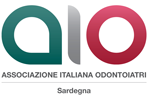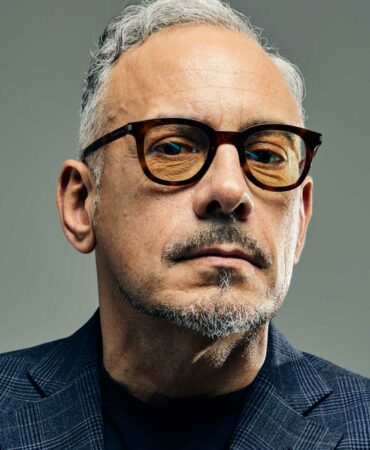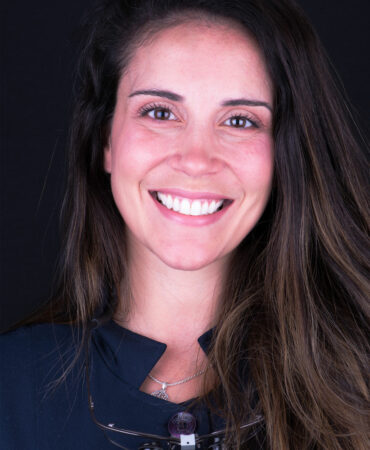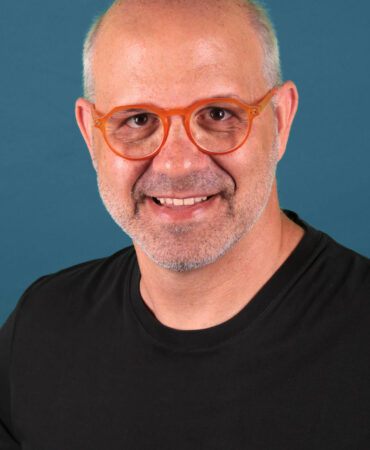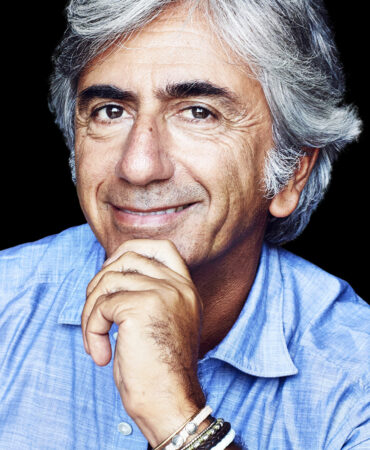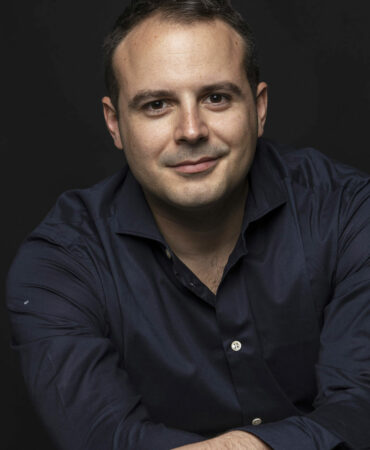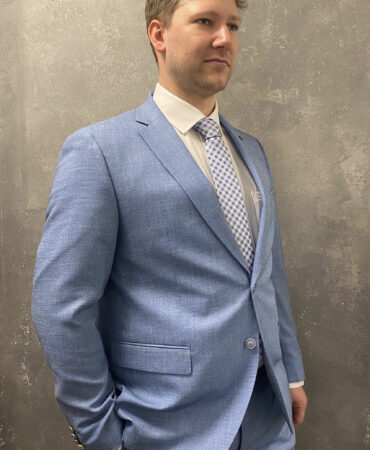Style Italiano
9.00 - 10.00 | Styleitaliano Education: 12 years’ experience in sharing dentistry all over the world
The road to successful adhesive dentistry is determined by two fundamental criteria: minimally invasive preparations and a perfect aesthetic result.
The more demanding professionals require precise answers as to how to select shade, copy natural translucence and handle the latest generation of composite & ceramic materials.
The challenge thus is not to surpass nature but to commit oneself to understanding a reproducible and accurate technique that can be used daily on our patients.
The modern dentist does not necessarily have to be an artist; however, the development of our competence should be based on our capacity to be critical as well as continual training and practice: this is a nutshell determines the quality of our profession.
10.00 - 10.30 | Mobile Dental Photography and Videography: For everyday practice and marketing
Photography is powerful in dentistry, its numerous applications such as diagnosis, treatment planning, legal documentation, publishing, lecturing and social media posting, has made digital photography a standard of care in modern dental practices.
Nowadays the DSLR (Digital Single Lens Reflex) cameras are widely used in dentistry to take high definition macro images.
Recently, smartphones have come a long way in digital photography due to recent technology development.
The purpose of this lecture is to demonstrate the capacity of these devices to take high quality dental pictures and videos, which are useful in different types of documentation and communication, in a feasible teachable and repeatable way, by everyone and for everyday practice.
10.30 - 11.00 | Anterior Aesthetic Rehabilitation: Advantages and Limitations of the Digital Workflow
In recent years, humanity has witnessed a technological transformation of epic proportions, which has also significantly impacted Dentistry. The increasing use of digital workflow technology has brought numerous advantages to our daily practice. Among the main benefits of using this technology are faster and more accurate digital diagnostics, which not only improve planning but also enhance the execution of final treatments. This results in valuable support for reducing execution time and advancing the ceramic materials used.
Given these advantages, the question arises: will the analog workflow become obsolete? Can we achieve the same quality and harmonious aesthetics in restorative treatments produced by the most advanced technology, compared to those created by human hands?
Let’s explore this comparison together!
11.00 - 11.30 | Digital recipes for anterior composite restorations
Well described protocols for shaping, finishing, and polishing make it feasible to sculp the shape. Although multilayer composite has been around for a very long time, the success has always been depending on the experience of the operator with a specific composite systems . When looking at a tooth, every dentist will immediately have figured out a composite recipe to restore this tooth with their trusted composite system. But the problem remains that no standard, reproducible protocol is available to recreate the shade to successfully restore the tooth within clinically acceptable terms. The most common method is a visual verification, by comparing the Vita Shade or other shade guides to the dentition. This seems to work well in some cases, but the problem remains that most composite systems do not accurately follow any of the standard shade guides. By introducing digital recipes based on colorimeter pictures by Optishade, we can ensure a steadfast way of shade matching and remove the need to “guess” for the correct shades of composites.
11.30 - 12.15 | Break
12.15 - 12.45 | Bio bulk fill approach in Restorative Dentistry
Restorative Dentistry is constantly evolving, thanks to the development of new high-performance materials and simplified techniques. Nevertheless, the complexity of the dental element still represents a real challenge for the clinician today. When the integrity of the pulpo-dentin organ is compromised during the removal of damaged tissue or trauma, it is essential to know and apply the appropriate technique to preserve pulp vitality and perform the restoration of the dental element.
During the lecture, new bioactive materials based on calcium silicate, commonly called bioceramics, and the restoration techniques that exploit the characteristics of these new materials will be described. Indeed, thanks to their biocompatibility, bioactivity and biomineralization properties, they are successfully applied in different clinical procedures, ensuring a stable bond with both the dentin substrate and composite resins thanks to their adhesive properties. In addition to different clinical techniques, including direct and indirect capping of dental pulp, pulpotomy and perforation repair, bioceramics can act as dentin substitutes, filling the cavity in a single step, simplifying the restoration procedure and reducing chairside time. Therefore, the concepts related to therapy for the maintenance of pulp vitality will be discussed, supported by scientific evidence and documentation of clinical cases.
12.45 - 13.15 | Aesthetic Pursuit: The role of AI in Dental Shade Selection and Treatment Planning
In Dentistry, dental color is considered as a quality which is difficult to understand, evaluate, communicate and reproduce. Whenever we think about aesthetic rehabilitations, we also think about treatment planning, which will involve the use of a lot of digital tools (Photography, Video, CBCT, Intra-oral Scanner, Facial Scanner, …). And obviously, if we want to make aesthetically beautiful restorations we need also to plan the final color result. Nowadays, visual methods using dental shade guides, digital methods using shade taking devices, imaging systems, and color matching software programs are available to determine, analyze and verify the tooth color. As dentists, our main goal is to be able to deliver totally integrated aesthetic restorations when performing any restorative treatment, so the creation of protocols of how to achieve the correct planned aesthetic final situation is crucial to achieve predictable results.

Contacts – Privacy e cookies policy
© 2024- AIO Cagliari Oristano – Via San Giovanni 97 – 09100 Cagliari – Partita IVA 03675540920
Webmaster by Mobilbyte
